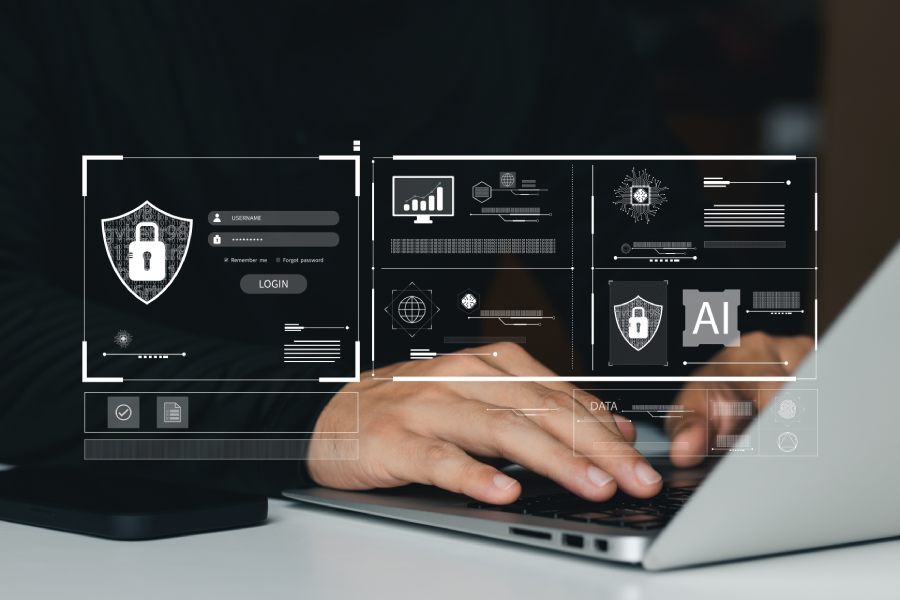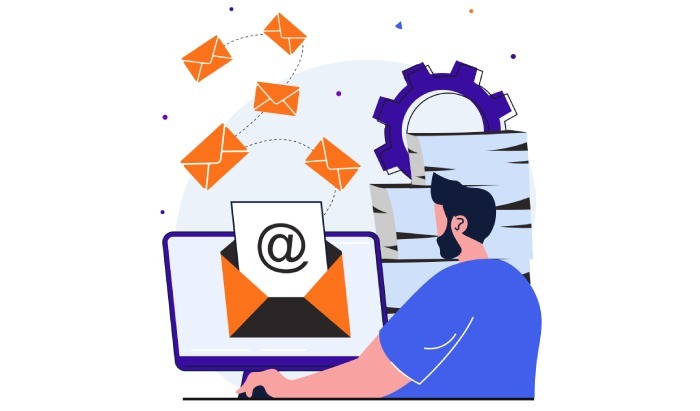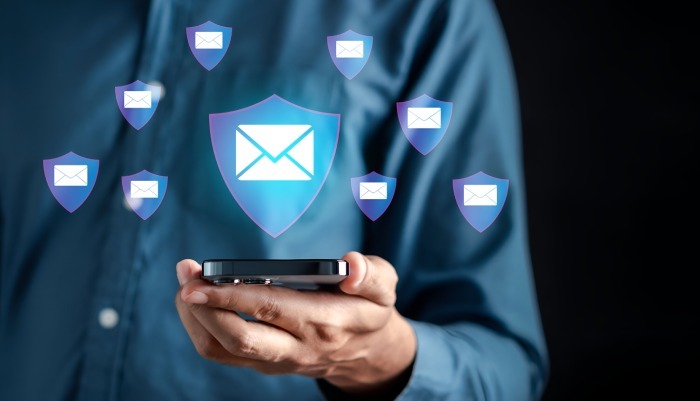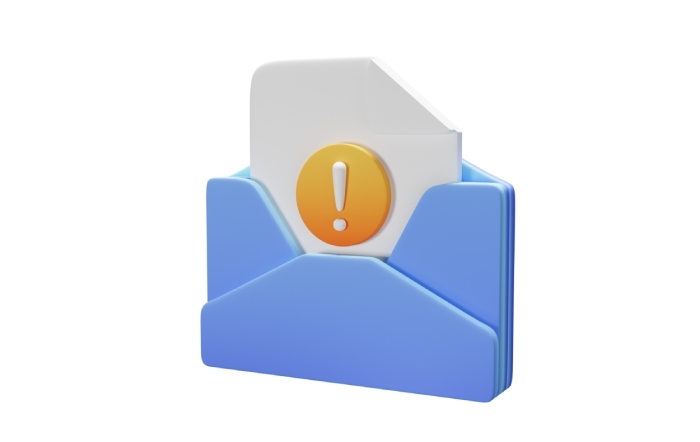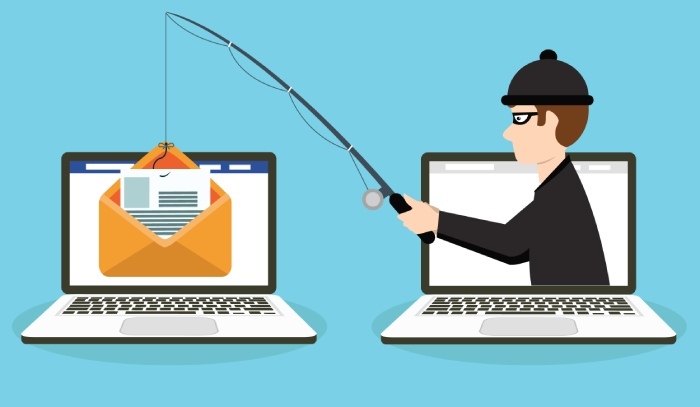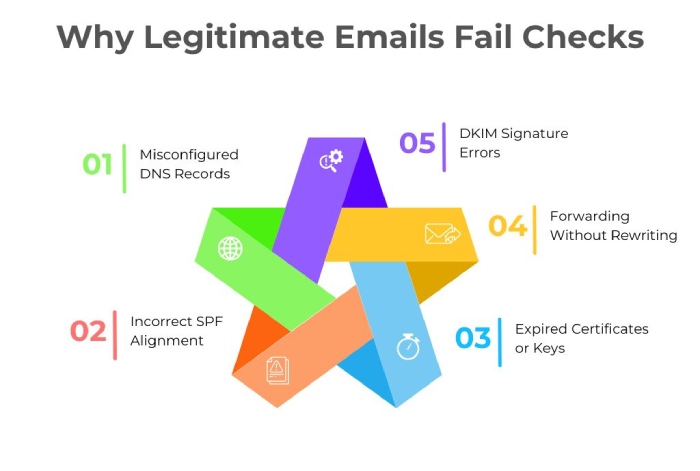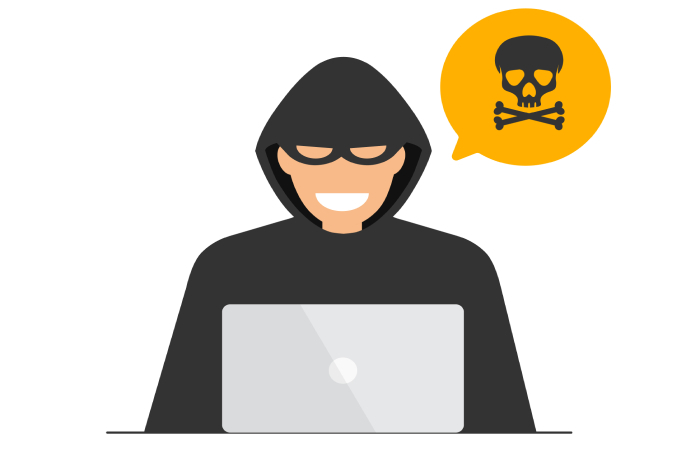How are Gmail and Outlook policies raising the bar for DMARC adoption?
There was a time when email security was a mere IT concern; it was a good-to-have but wasn’t really a priority. We are referring to a time when email-based threats were not as prevalent or dangerous as they are today. It might sound like we are talking about a distant past here, but that’s the reality. You can no longer put email security on the back burner, thinking that your emails will protect themselves or that cybercriminals will never reach you.
In fact, email security has become so critical that even top email service providers, such as Gmail and Outlook, are stepping up their game. They’re enforcing strict email authentication norms, and organizations have no option but to comply with them, especially if they want their domain to be up and running.
At the centre of this shift is DMARC, which was once a recommended security practice but is now becoming a necessity. Gmail and Outlook are making it clear— if your domain doesn’t have proper email authentication, such as DMARC, your emails might never reach the inbox. Instead, they could land in spam, get flagged as suspicious, or worse, get blocked altogether.
In this article, let’s understand the reason behind this change and how you can keep up.
What are the new rules in the inbox?
As we said earlier, you can no longer afford to be complacent about email security; cybercriminals won’t spare you if you don’t take the basics seriously. And ESPs like Gmail and Outlook are ensuring that it is not an afterthought. This is why they have released new email-sending norms that make it mandatory to authenticate your emails and prove your identity before your messages can be trusted or delivered. These latest, stricter email-sending policies are particularly intended for bulk email senders who send more than 5,000 emails per day.
The new policies also require you to:
- Set up SPF or DKIM. At least one of them is required, or your emails may get blocked.
- Publish a DMARC policy. This tells email providers what to do if something looks off with your emails.
It’s important to understand that these requirements have now become the bare minimum. If you’re not meeting them, you’re already falling behind, and your emails will pay the price.
Did these new policies come out of nowhere?
Absolutely not. This was long overdue, especially with the rise of smarter and severe cyberattacks. As new-age technologies like AI become more accessible, it has become very easy for these threat actors to write clean, convincing phishing emails in minutes. They no longer need deep technical skills; just a cheap phishing kit and a bit of time. That’s how fast the game has changed.
That’s why Gmail and Outlook had to step in and tighten the rules. These policies are their way of forcing senders to secure their emails properly, because without that, it’s too easy for attackers to slip through.
Why is DMARC important today, more than ever?
You now know that DMARC is a mandatory requirement for any business sending bulk emails, but it is more than just a check box that they have to tick.
It’s actually one of the best ways to protect your brand against domain impersonation and email spoofing. Without DMARC, anyone can fake your domain and send emails that look like they’re coming from you. Most people won’t notice the difference, and that’s exactly how scams happen.
DMARC gives you control over what happens to these fake emails. By setting a DMARC policy, you tell email providers exactly how to handle emails that fail authentication—whether to block them, send them to spam, or just monitor them.
Moreover, with DMARC, you can also:
Improve your email deliverability
When your domain is secured with DMARC, providers like Gmail and Outlook are more likely to trust your emails and send them to your recipient’s inbox. That means your emails are less likely to end up in their spam folders. But without DMARC, even your legitimate emails might get flagged because these ESPs can’t be sure they’re really from you.
Get visibility into your email activity through reports
DMARC provides you with regular reports that show who is attempting to send emails using your domain. With DMARC reports, you can spot if someone is trying to spoof your domain or if your other authentication protocols are configured properly.
Protect your brand reputation
If your domain gets spoofed, it’s your brand that takes the hit. Your customers or audience believe that it’s your brand sending these emails. Moreover, it also puts them at risk. If someone falls for a phishing email that looks like it came from you, they might lose money, data, or trust, and they’ll blame your brand for it.
DMARC helps prevent this by blocking fake emails before they even reach your customers. It protects your brand’s name from being misused and maintains your reputation.
Strengthen customer trust
When customers see an email from your brand in their inbox, they must feel confident that it is really from you and not a phishing email in disguise.
If your emails are authenticated with DMARC, they’re less likely to be doubted.
This means recipients are more likely to open, read, and act on them. It also shows that you take their security seriously, which helps maintain trust and strengthens your relationship with them over time.
What are the common challenges you might face when implementing DMARC?
Even though DMARC is crucial, it is not easy to implement. It involves complex steps, and with the stakes so high, you can’t afford to get it wrong.
Here are some challenges you’re likely to face:
You might not know what to do
If you’ve never worked on email authentication protocols before, DMARC can feel overwhelming. It’s not just about adding one record; you need to understand SPF, DKIM, DMARC, and how all three work together. Without that background, it’s easy to get stuck or make mistakes.
Fear that your legitimate emails might fail authentication
This is one of the biggest fears that most organizations face, and as a result, they often delay DMARC implementation. This fear is completely justified, especially when you move to stricter polices like “quarantine” or “reject”. With these policies in place, any email that fails authentication checks will not only be flagged but also be directed to spam or blocked entirely.
DMARC reports are hard to read
DMARC reports are not like your typical email notifications or dashboards. They come in raw XML files, which aren’t easy to read or interpret directly. Unless you have a specialized tool or some technical expertise, it’s hard to figure out what the reports are actually telling you. So, naturally, if you’re unable to evaluate them properly, you will not be able to identify where your emails are failing authentication or if someone is trying to spoof your domain.
What do Gmail and Outlook expect you to do?
Gmail and Outlook understand that email is an important communication channel for businesses, but it’s also one of the most abused. That’s why they’re not taking chances anymore.
Here’s what they expect from you:
- Set up DMARC with at least a “p=none” policy so you’re monitoring authentication issues.
- Make sure your emails align with either SPF or DKIM, so they can be verified.
- Send emails from a domain you own, not a free or shared one—those are no longer trusted.
- Include a one-click unsubscribe link in your bulk emails. If users can’t easily opt out, it counts against you.
- Keep your spam complaint rates low. Too many complaints, and your domain gets flagged, even if everything else is in place.
These new policies by major ESPs, such as Gmail and Outlook, aren’t about making things more complicated for you, but for the cybercriminals who exploit weak spots to impersonate brands and scam people. The goal is to filter out bad actors before their emails ever reach an inbox.
What are the next steps?
We understand that implementing DMARC can be overwhelming, but with the right approach, you can protect your emails from phishing and spoofing attempts with ease.
Here’s how to get started:
- Start by creating your DMARC record. There are simple online tools that can guide you through it, so you don’t have to figure out the technical details yourself.
- Once your record is ready, add it to your domain’s DNS settings.
- After setting it up, you’ll start receiving reports that tell you how your domain is performing—whether your emails are passing the checks and if anyone’s trying to spoof you.
- Begin with a ‘p=none’ policy to monitor without affecting delivery, then gradually move to quarantine or reject as you resolve any issues.
- Once you’re confident that your SPF, DKIM, and DMARC are all working well together, you can switch to a stricter policy like quarantine or reject to block fake emails.
Need help implementing email authentication protocols? Our team of experts is here for you! Get in touch with us today to know more.
